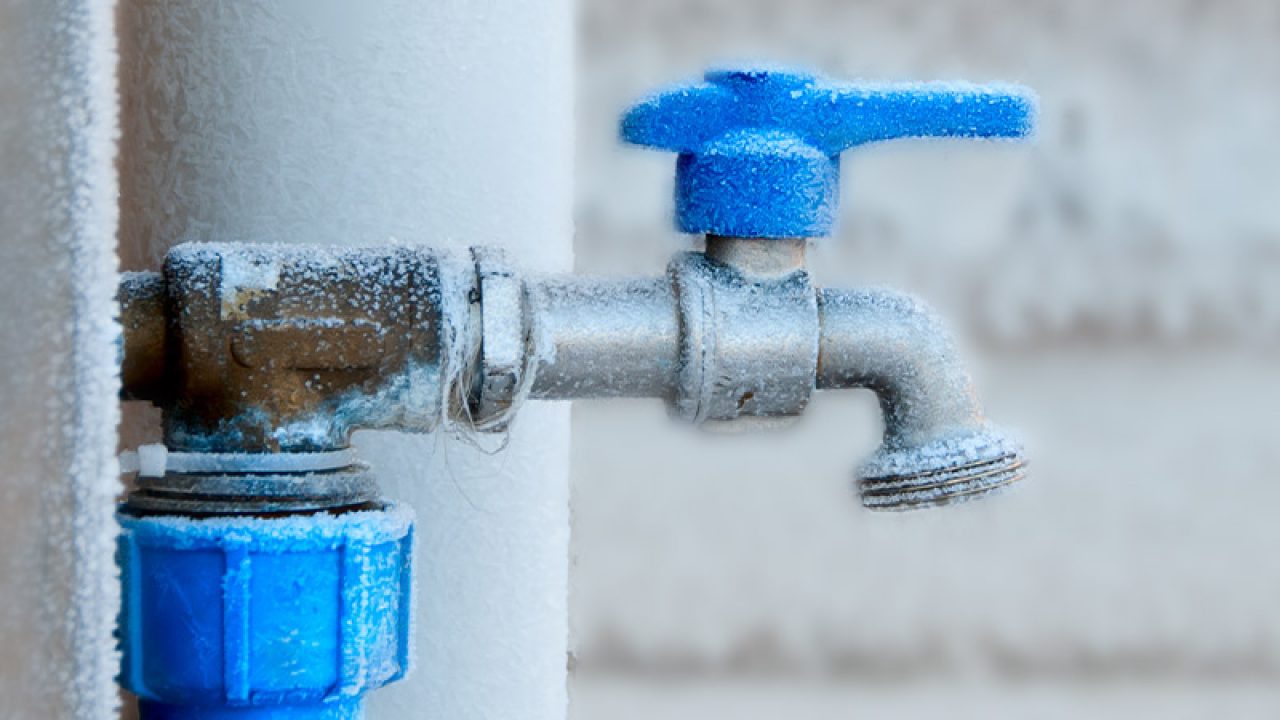What're your insights and beliefs on Prevent Frozen Pipes ?

Winter can damage your pipes, particularly by freezing pipelines. Below's just how to prevent it from occurring and what to do if it does.
Introduction
As temperatures decline, the threat of icy pipelines rises, potentially bring about pricey repair work and water damage. Comprehending how to avoid frozen pipelines is vital for home owners in chilly environments.
Understanding Frozen Pipes
What causes pipelines to freeze?
Pipelines ice up when revealed to temperature levels listed below 32 ° F (0 ° C) for prolonged durations. As water inside the pipelines ices up, it increases, taxing the pipe wall surfaces and possibly creating them to burst.
Threats and damages
Icy pipelines can cause water disruptions, residential or commercial property damages, and expensive repairs. Burst pipes can flood homes and cause comprehensive architectural damages.
Indicators of Frozen Piping
Recognizing frozen pipelines early can prevent them from bursting.
Just how to recognize frozen pipelines
Look for decreased water flow from faucets, unusual smells or noises from pipes, and noticeable frost on subjected pipes.
Prevention Tips
Insulating prone pipes
Wrap pipes in insulation sleeves or make use of warm tape to protect them from freezing temperatures. Focus on pipelines in unheated or outside areas of the home.
Home heating techniques
Keep interior rooms appropriately heated up, particularly locations with plumbing. Open cupboard doors to permit warm air to distribute around pipelines under sinks.
Safeguarding Outside Pipes
Garden hose pipes and outdoor faucets
Disconnect and drain yard hoses prior to winter months. Set up frost-proof spigots or cover outside faucets with protected caps.
What to Do If Your Pipes Freeze
Immediate actions to take
If you think frozen pipelines, keep faucets available to soothe stress as the ice melts. Use a hairdryer or towels taken in warm water to thaw pipes slowly.
Long-Term Solutions
Architectural modifications
Think about rerouting pipes far from exterior walls or unheated locations. Include added insulation to attic rooms, cellars, and crawl spaces.
Updating insulation
Invest in high-quality insulation for pipes, attics, and wall surfaces. Correct insulation aids preserve constant temperatures and reduces the threat of frozen pipes.
Verdict
Stopping frozen pipes calls for positive procedures and quick feedbacks. By comprehending the reasons, signs, and safety nets, property owners can shield their plumbing throughout winter.
5 Ways to Prevent Frozen Pipes
Drain Outdoor Faucets and Disconnect Hoses
First, close the shut-off valve that controls the flow of water in the pipe to your outdoor faucet. Then, head outside to disconnect and drain your hose and open the outdoor faucet to allow the water to completely drain out of the line. Turn off the faucet when done. Finally, head back to the shut-off valve and drain the remaining water inside the pipe into a bucket or container. Additionally, if you have a home irrigation system, you should consider hiring an expert to clear the system of water each year.
Insulate Pipes
One of the best and most cost-effective methods for preventing frozen water pipes is to wrap your pipes with insulation. This is especially important for areas in your home that aren’t exposed to heat, such as an attic. We suggest using foam sleeves, which can typically be found at your local hardware store.
Keep Heat Running at 65
Your pipes are located inside your walls, and the temperature there is much colder than the rest of the house. To prevent your pipes from freezing, The Insurance Information Institute suggests that you keep your home heated to at least 65 degrees, even when traveling. You may want to invest in smart devices that can keep an eye on the temperature in your home while you’re away.
Leave Water Dripping
Moving water — even a small trickle — can prevent ice from forming inside your pipes. When freezing temps are imminent, start a drip of water from all faucets that serve exposed pipes. Leaving a few faucets running will also help relieve pressure inside the pipes and help prevent a rupture if the water inside freezes.
Open Cupboard Doors
Warm your kitchen and bathroom pipes by opening cupboards and vanities. You should also leave your interior doors ajar to help warm air circulate evenly throughout your home.

I came across that post on How to Prevent Your Pipes From Freezing when browsing the search engines. Sharing is good. You just don't know, you will be helping someone out. Thank you so much for your time invested reading it.
Click Here